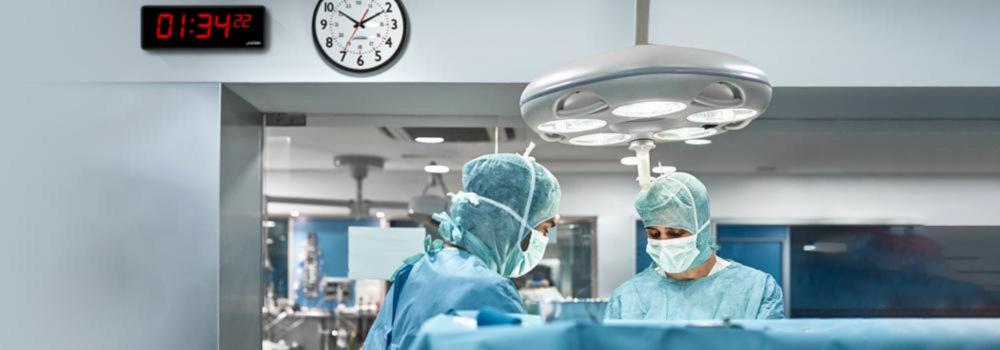The timely deliverance of care plays an essential role in many aspects of the healthcare industry. Seeing patients on time can maximize a schedule’s allotment, which helps generate more revenue for the hospital or health system. Avoiding long wait times or constant reschedules can also improve patient satisfaction, contributing to increased reimbursement rates if HCAHPS scores are high.
While ensuring timely care in all areas of a hospital or health system is important, no area may be more important as the operating room, where hospitals reportedly make most of their margins. According to a 2019 Merritt Hawkins survey of over 3,000 hospital chief financial officers, four of the top ten physician specialties that generate their hospitals’ highest average net revenue are specifically surgery related. Those four are:
- Cardiovascular surgery - $3.7 million
- Neurosurgery - $3.44 million
- Orthopedic surgery - $3.29 million
- General surgery - $2.71 million
With surgical procedures bringing in a substantial amount of revenue for hospitals, it can be in their best interest to ensure that these operations avoid lagging and start on time. Improving a statistic known as an “on-time start” can minimize wasted time and maximize revenue, especially when hospital operating room costs can reach up to $37 per minute. But how can hospitals and health systems improve this metric?
Interdisciplinary Team Coordination Running on Synchronized Time
Improving the on-time start rate of each day’s first operation sets the rest of the day up for success. To do this, team members involved in preoperative care should hold each other accountable for completing their necessary tasks on time. Using a preoperative checklist, like this one from The George Washington University Hospital, can lay out duties clearly and concisely to aid nurses in completing each in a timely manner. Other tactics, such as preoperative huddles to boost communication, monetary incentives, hiring a dedicated on-time coordinator, or instilling an on-time task force could potentially improve on-time start rates.
However, what good is starting an operation on time if one staff member’s time differs from their colleague’s time? A Primex OneVue Sync™ synchronized time system can eliminate this scenario to ensure every perioperative team member within a hospital, health system, or ambulatory care center is following the same, synchronous time.
Working under a synchronized time system can eliminate any time discrepancies that may exist when documenting times, such as when a patient took any preoperative medication or entered the surgical suite. Scheduled patient hand-offs between disciplines, like when a patient leaves an inpatient ward or enters the anesthetic room, can also run smoother when working under synchronized time.
During operations, Primex elapsed timers can help in-room staff know how much time has passed performing certain aspects of a procedure or how much costly time has gone to waste waiting for instruments, medication, or instruction. Ensuring a quality and successful operation is paramount, but keeping an eye on the time during operations can assist in starting the following procedure on time.
With wired and wireless (Bluetooth® or patented 72 MHz technology) time synchronization options available, all disciplines at stand-alone facilities or multibuilding healthcare campuses can experience the benefits of Primex synchronized time. On-time medication delivery, managing patient waiting times, processing lab results, and accurately documenting coded events can all be optimized thanks to a Primex synchronized time system. Plus, various analog and digital (available in red or green digits) clock options will fit any care facility’s décor or operating room requirements.
Ready to Get Your Perioperative Team on Time?
Every minute can be vital to a successful operation, both from a patient and facility perspective. A Primex OneVue Sync synchronized time system can help your perioperative staff keep each other accountable for staying on time, which can improve your facility’s on-time start rate and the increased revenue that can come from it.
For more information on how to get synchronized time started or how to upgrade your dated system, contact us today.
